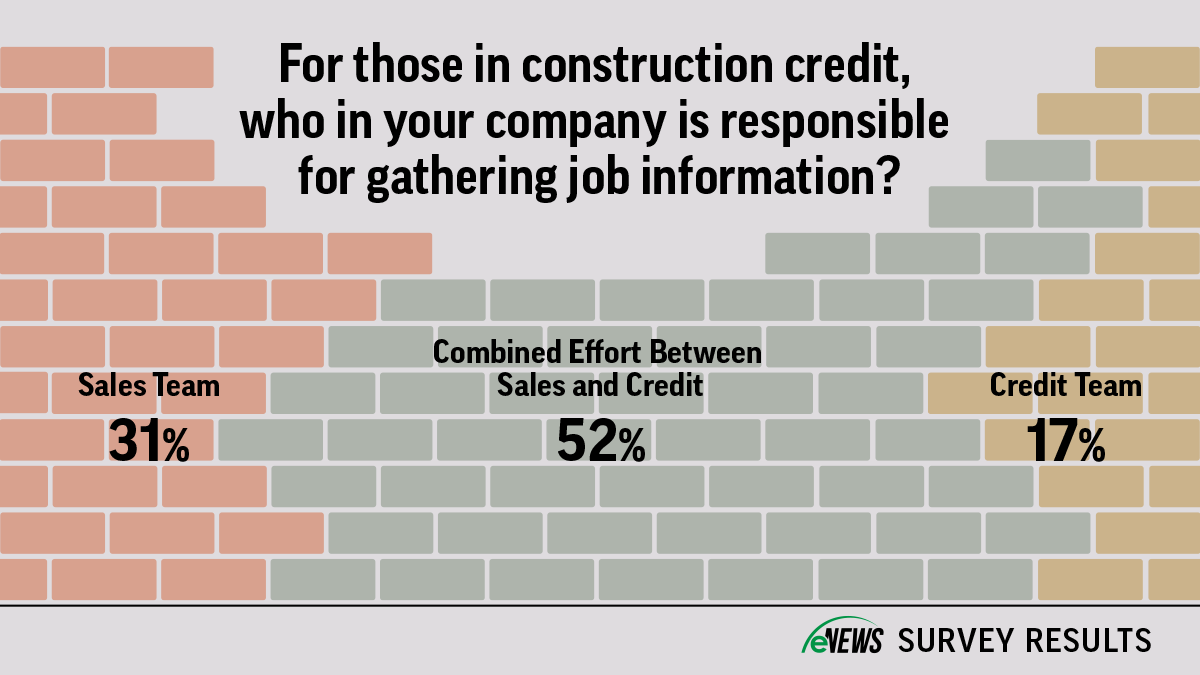eNews
Overcoming burnout: The phantom of the office

For many credit professionals, burnout does not happen all of a sudden—it creeps in slowly, like a phantom in the shadows. The pressure of the job, from managing high-risk accounts to chasing down mounting receivables, can begin to haunt even the most experienced professionals.
Why it matters: If left unchecked, burnout can lead to reduced productivity, job dissatisfaction and loss of personal happiness. Recognizing the signs early and taking proactive steps to address them are the keys to escaping burnout’s grip and reclaiming control, because even when the phantom looms, it does not have to win.
Behind the mask: Uncovering burnout
Burnout is a mental, physical and emotional state of exhaustion caused by chronic workplace stress that has not been successfully managed. Physically, it can appear as insomnia or appetite changes, while emotionally it may trigger helplessness, irritability, resentment or isolation. The sooner you recognize the symptoms, the greater the chance of preventing and managing burnout for yourself and your team.
“Because we work remotely, it’s more difficult to catch signs of burnout,” said Chris Larson, collections manager at Eide Bailly LLP (Fargo, ND). “I rely more on non-verbal cues like if they are being too quiet or rolling their eyes during a call. I also pay attention to their attitude and tone of voice. If they are making snide comments or remarks, I take it as a sign that they may be frustrated about something. To that, I will follow up and ask them about what is going on.”
Oftentimes, the afflicted person’s performance will decline, and they may develop a mental distance, negativism or cynicism about work, which strains their work relationships. “I might suspect something if they’re consistently missing deadlines, especially if the person is known to meet them,” said Natalie Harrison, CBA, credit systems coordinator at Land O’Lakes, Inc. (Wichita, KS). “Complacency and irritability are also strong indicators of burnout for me.”
Disengagement from work has become more prevalent over the years. According to Gallup’s 2025 Employee Engagement Report, the global percentage of engaged employees was 21% in 2024. This figure is even lower for leadership. Engagement among young managers under 35 has dropped by 5%, while female managers saw a 7% decline.
Taming the beast: Managing burnout
Managing burnout may seem like a daunting task, but it is vital to our professional and personal development. One of the most effective ways to overcome burnout is to ask for help. If your workload is getting out of hand or you are feeling overwhelmed, delegating tasks to your team can help lessen the burden. Likewise, if your team is struggling, you can find ways to support them—whether that is talking to them or being flexible with deadlines. If you work as a team, you will find you can achieve more than you would alone.
“Earlier in my career, the credit tasks that drained me were analyzing financial statements and conducting credit reviews,” said Harrison. “As a manager, I take that into account when leading my team. To keep them motivated, I help them with other menial tasks and offer learning opportunities if they ask.”
Prolonged stress takes a physical toll on the body, from headaches to body aches and stomach issues. Ignoring it can have devastating effects on an individual’s overall well-being. Finding time to care for yourself will not only improve your health, but it will also help you overcome everyday challenges.
For some credit professionals, getting regular sleep, exercise, relaxation and healthier eating habits make all the difference. For others, taking frequent breaks or even time off can help them recharge. “You can practice self-care for a few minutes to prepare for the day, such as listening to meditative music on your way to work,” said Sheila Roames, CCE, western regional credit manager at Ergon Asphalt & Emulsions (Chandler, AZ).
A grueling schedule is like a haunting melody that never ends, its echoes following you from task to task, leaving a lingering chill long after the day is done. Making small adjustments to your calendar, like prioritizing tasks, can make workload manageable and help support a work-life balance. Setting boundaries, like saying “no” or deferring low-priority requests, will help you stay productive without burning out.
At the end of the day, it is all about communication. The more you engage with your team, the more you gain insights into their personalities and dynamics, enabling you to proactively address potential burnout. “I invite my team to what I call, ‘Monday Morning Coffee,’ where we talk about what’s happening in our lives and where I ask all kinds of leading questions,” said Larson. “If there is a personal matter that they do not want to share, I will not pry, but if they are having a work-related issue, I want to see where I can help. This keeps us connected and helps improve morale.”
The bottom line: Managing burnout is more than returning to a sense of normal—it’s about redefining balance and rediscovering purpose in your work, so the ghost of burnout never takes the lead.





